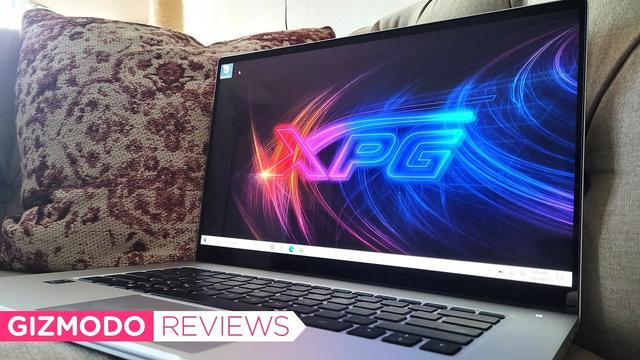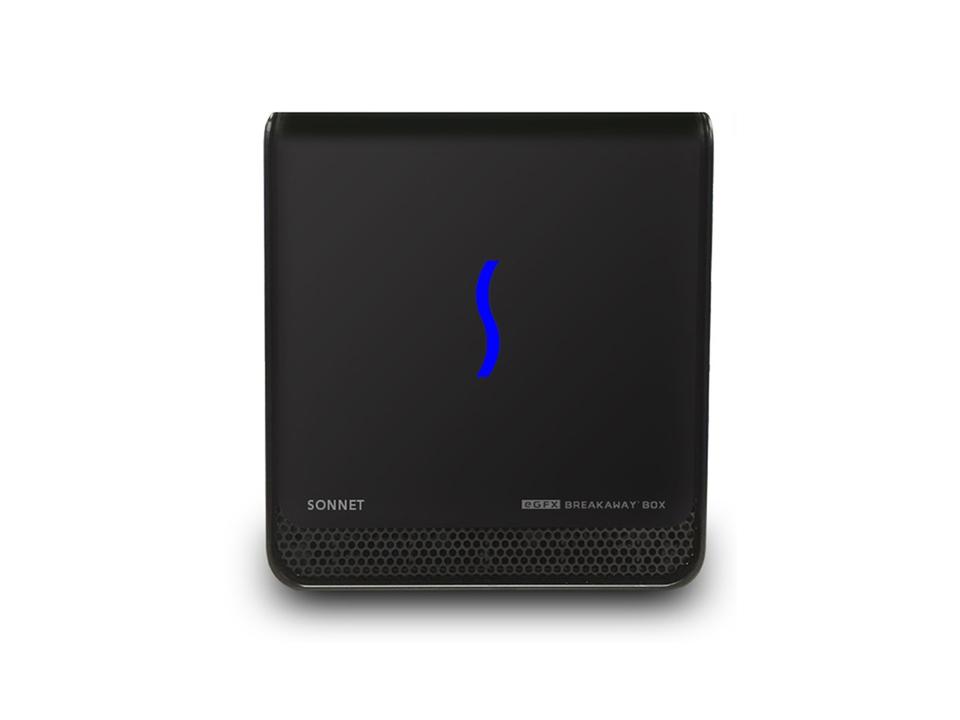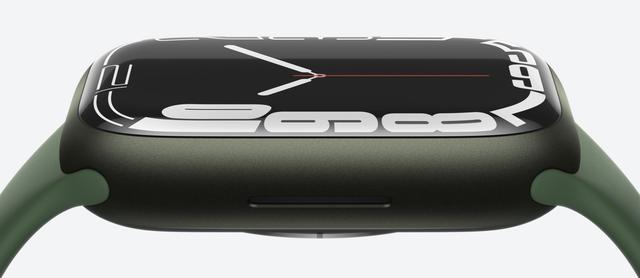I would like to recommend it as a work PC: Gaming (?) Notebook PC "XPG Xenia Xe"

It's for games, which means it's powerful, so it's suitable for people who have a lot of creative work to do heavy tasks. Joanna Nelius, a reporter at Gizmodo, who is in charge of many reviews of gaming PCs, also reviewed laptops. This time I used Adata's XPG Xenia Xe.
Adata is a company known for SSDs and DRAM modules. We also make peripherals for games under the name of XPG. Recently, we are also focusing on game notebooks. I really liked XPG's first game note. The choice of parts, mechanical keyboard, and heat exhaust design were good! Since the first generation was a good impression, I raised expectations, but this time I reviewed the second generation of XPG game notes, "XPG Xenia Xe Gaming Lifestyle Ultrabook".
First of all, I feel like it's a little bit like a notebook PC for games. This is because I felt that the size of the device is a notebook for games, but other than that, it is a so-called "productivity" device that emphasizes productivity.
I think it's easy to understand if you look at the specs. Iris Xe integrated graphics on Intel Core i5-1135 G7. Memory is 16GB and SSD is 1TB. I don't think there is a problem with this spec for spreadsheets, small video editing, and 3D rendering, but when it comes to games, it's a different story. It's a little short. So, I'm reluctant to say it's for games.
XPG Xenia Xe Gaming Lifestyle Ultrabook
What is this? : Adata's XPG gaming laptop 2nd generation
Price: $ 1350
Good points: Performance, battery life, port type, weight & size
Unfortunately: not a true gaming device
Can you play "Crisis"?
Speaking of whether you can play games, of course YES.

Most titles that you normally play as benchmarks in game note reviews, such as Overwatch and Shadow of the Tomb Raider, are good enough. However, the number of frame rates I saw in the first benchmark test of Intel's mobile processor Tiger Lake was not as much as Intel was making noise with integrated graphics. When the frame rate goes to around 50fps, it's hard to lower the graphic setting to around 720p.
Iris Xe isn't the expected loss. It surpasses AMD's integrated graphics Vega and is a good match with Apple's M1 chip. It's just not as good as Nvidia's GeForce MX450. (GeForce MX450 is about between GTX 1050 and GTX 1650 in terms of performance. Strictly speaking, although it is not a mobile integrated GPU, it was developed for notebooks, so I compared it for the time being.) It's a shame because I think I could have played a game in 1080p with the GeForce MX450.
In the test in this review, "Overwatch" has an image quality of Ultra / 1080p and 47fps. Lowering the image quality doubled the frame rate. "Total War: Warhammer II" with low image quality / 720p at 56fps. "Shadow of the Tomb Raider" is 46fps, "Far Cry 5" is 48fps. When I set the antialiasing to the minimum, the frame rate increased, but the average value was the maximum.
Also, after playing Overwatch for a few hours, the CPU and chassis got pretty hot. Yes, it doesn't have a waste heat fan. If you don't play games, it's okay to be quiet, but when you play games, you'll definitely have heat problems. When measured with HWInfo, it was up to 97 degrees. The sound bar on the keyboard is about 52 degrees, so be careful when touching it. The keyboard is about 40 degrees.
If anything, work terminal
By the way, it's not a game notebook. So what about a work notebook?
First of all, the design is simple and unobtrusive, and it doesn't feel like a THE gamer, so it's suitable for business. The silver body is beautiful. There is Lenovo Yoga 7i (review article here) as a notebook with Intel Core i5-1135G7, but some people do not like 2-in-1 terminals, so I think XPG Xenia is generally accepted.
The basic performance is not much different from Lenovo Yoga 7i, but when it comes to 3D rendering and video transcoding, XPG Xenia is about a minute faster. CPU rendering test in Blender is 8 minutes 45 seconds. The test with Handbrake was 14 minutes and 15 seconds.
Also, although the specs are very close, the DRAM of XPG Xenia is faster than the DRAM of Lenovo Yoga 7i, which is 4266MHz VS. 3200MHz. The XPG Xenia was 8GB and the Lenovo I reviewed was 12GB, but that doesn't mean it's going to be at performance speed.
Compare this and that
Continuing the comparison with Lenovo Yoga 7i, the display of XPG Xenia is about twice as bright (448nits VS. 271nits). It's also nice to have a 1080p FHD IPS touchscreen with a Corning Gorilla Glass coating on the surface.
Battery life is up to 16 hours as the Adata formula says, with an average of about 12 hours. Tests at the time of the review marked 12 hours and 38 minutes, which is a bit longer than Microsoft's Surface Laptop 4 and 2 hours longer than the Lenovo Yoga 7i.
It's nice to have a wide variety of ports. Two USB 3.2 Gen 2x1 Type A, two Thunderbolt 4 (also available as USB-C), one HDMI 2.0, and one 3.5mm earphone jack. All the ones that I think I will use are included. It weighs 3.63 pounds and is up to 0.58 inches thick. I think it's a pretty good size for a 15.6-inch display terminal.
If you ignore the "Gaming" part of the device name, I think the "XPG Xenia Xe Gaming Lifestyle Ultrabook" will be a very good work notebook PC. Not so expensive. However, there are other terminals with similar specifications and cheaper (such as MSI Prestige 14 Evo), so consider it.
If it's not a game notebook, what should I classify it as? Personally, I think it's a mid-sized notebook PC.
It doesn't have any surprising features, but it does what you expect. Even if you are in a Lenovo, MSI, or Acer device, I think it is a device that can hold your position firmly. To be honest, I think it's definitely better not to recommend the game. I think that it is widely accepted that you do not put "Gaming" in the terminal name.
By the way, if you are looking for a game notebook, I recommend another device.




